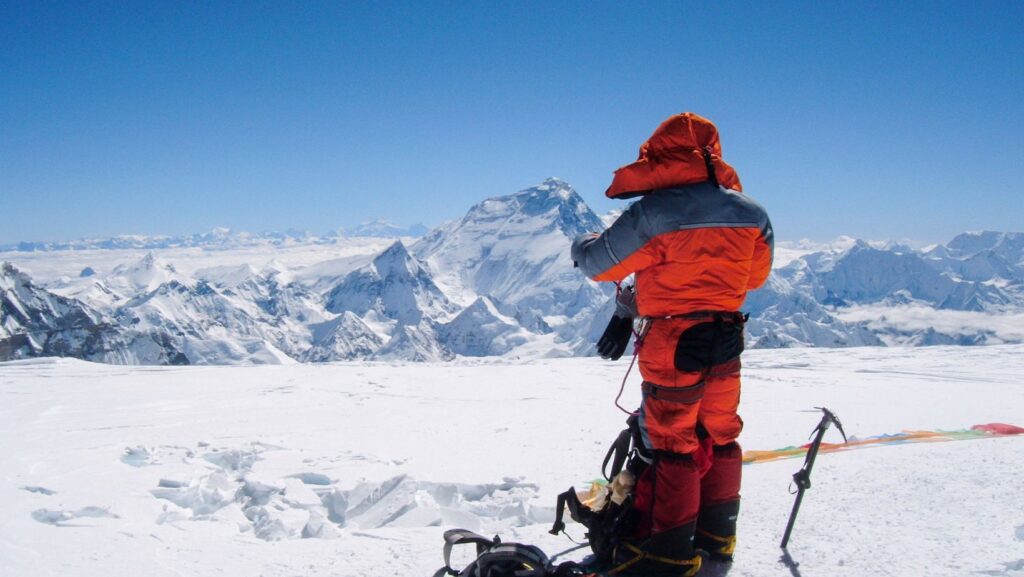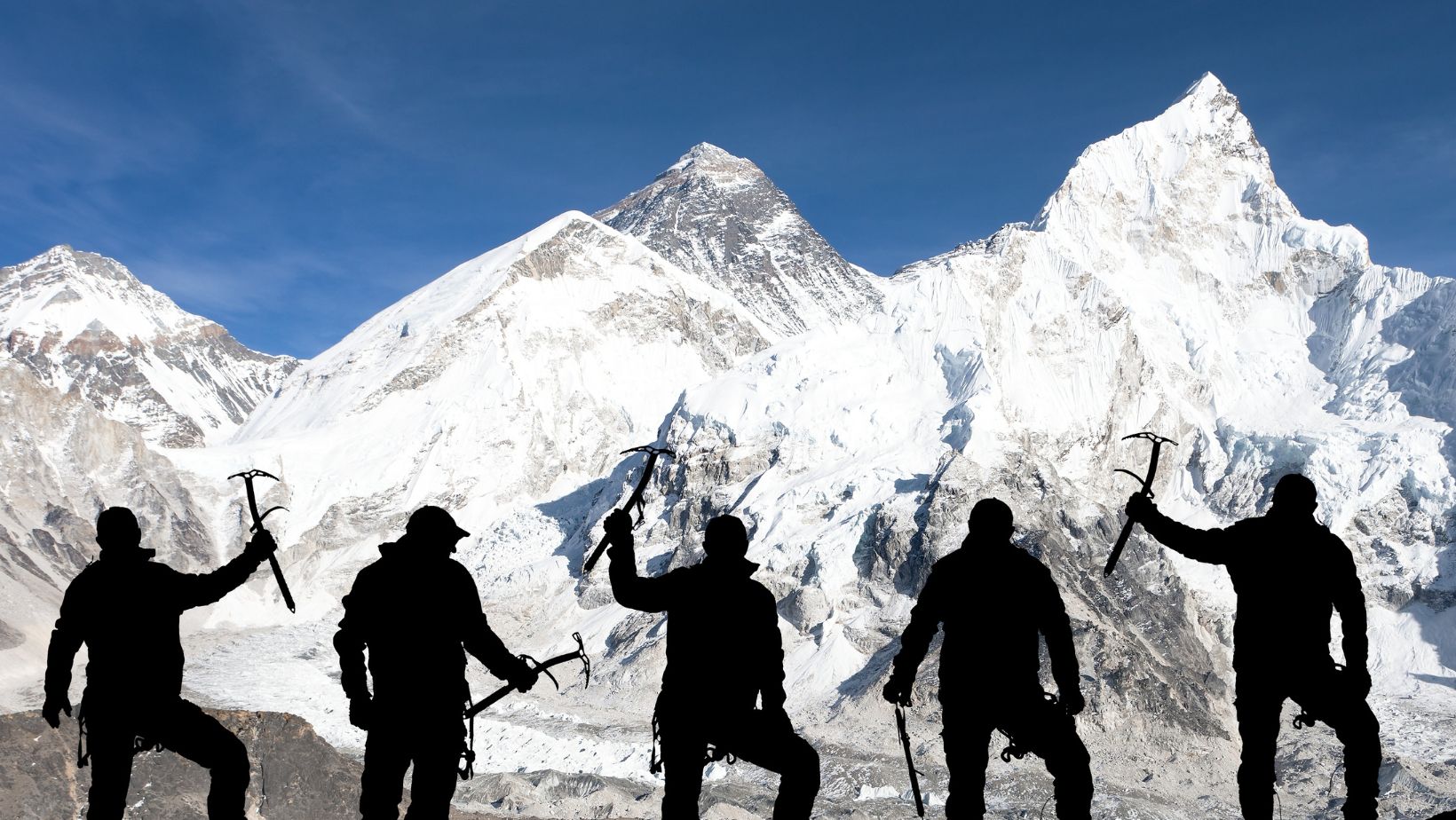More women are summiting Mount Everest than ever before, but periods don’t pause for high altitude. For anyone menstruating, the idea of managing cramps, fatigue, or hygiene at extreme elevation can feel daunting. But with the proper prep, it’s entirely manageable!
Climbing while on your period doesn’t require dramatic changes, but it does mean being realistic about what your body may need. Symptoms like bloating, low energy, or discomfort can appear differently in extreme environments.
That’s why many climbers include pain medication, comfort items, and supplements like FLO in their gear. Ultimately, managing your cycle on Mount Everest is all about having a solid plan in place. When your body is supported, your mental load is lighter, and your focus can stay where it belongs: on the climb.
How Can High Altitudes Affect Menstrual Cycles?
High altitude can impact your menstrual cycle in a few unpredictable ways. Hormonal changes triggered by stress, increased physical activity, and elevation shifts may cause your period to arrive early, late, or not at all. For some, their cycle continues as usual but with intensified symptoms, while others experience a noticeable change in flow or duration.
Your body’s energy demands at a high altitude can also throw off your regular pattern. After all, fatigue, nutritional shifts, and limited oxygen all affect hormones. Even those with regular, predictable cycles may notice changes once acclimatization begins.
Being aware of this variability can help prevent surprises or worry during your trek. It’s also a reminder to build flexibility into your plan. Whether your period shows up as expected or shifts entirely, staying prepared means staying confident.
How To Plan for Menstrual Hygiene on the Mountain
Managing menstrual hygiene on Mount Everest requires thinking ahead, especially since water and privacy are limited. That said, choosing the right products depends on your personal preferences and logistics. Tampons, pads, menstrual cups, and period underwear each offer pros and cons, depending on your comfort level, access to clean water, and willingness to carry waste.
Many climbers opt for menstrual cups or compact tampons because they create less waste and are easier to pack. However, menstrual cups require careful sanitation, which can be challenging above certain altitudes. Disposable options may be easier to manage but require discreet and responsible waste storage.
Wet wipes, sealable bags, and hand sanitizer should also be considered non-negotiables. Having a hygiene plan in place before your trip can reduce stress when it counts, and practicing at home with your chosen method can ensure confidence before arriving at base camp.
How To Manage Cramps, Fatigue, and Hormonal Shifts
Physical symptoms like cramps, bloating, and fatigue can make any climb more difficult. At high altitudes, these sensations may feel even more intense due to lower oxygen levels and increased physical demands. That’s why preparing a strategy for managing discomfort can help protect your energy and focus.
Staying hydrated is one of the most effective ways to minimize cramping and fatigue. Combined with slow, steady pacing and high-carb meals, hydration helps your body manage altitude stress and hormonal shifts. Pain relief medications can also be packed in small quantities and used as needed with guidance from a healthcare provider.
Stretching, deep breathing, and rest breaks also go a long way in managing discomfort. The key is to pay attention to how your body is responding each and every day. Prioritizing small adjustments over pushing through can make a major difference in endurance.
Why Is It Important To Talk to Your Guide About Your Menstrual Needs?
Open communication with your guide or expedition leader can significantly improve your comfort and support during your climb. While talking about your period might feel uncomfortable at first, experienced guides are used to managing all kinds of personal health needs on the mountain.
Letting your team know you may need extra breaks, access to restroom areas, or time to manage your symptoms can help avoid confusion or unnecessary stress during more intense portions of the trek. It also makes it easier to get support if you’re dealing with unexpected symptoms or changes in your cycle at high altitudes.
The more honest and direct you are about your needs, the more prepared your group will be. Menstrual care should be treated like any other health consideration — it’s just part of being human.
Periods Shouldn’t Stop Progress
Climbing Mount Everest while on your period may not be ideal timing, but it’s completely doable with preparation and self-awareness. With the right gear, communication, and mindset, there’s no need to let your cycle interfere with your ambitious goals.
Bringing attention to menstrual needs in extreme environments helps normalize the conversation. It also sets a stronger standard for supporting women’s health in every setting, from the trailhead to the summit.



More Stories
Comparing the French, Swiss, and Austrian Alps for Skiing
WoW Raids Boost — How Modern Raids Actually Work
How People Play Games While Connecting Through Dating Sites